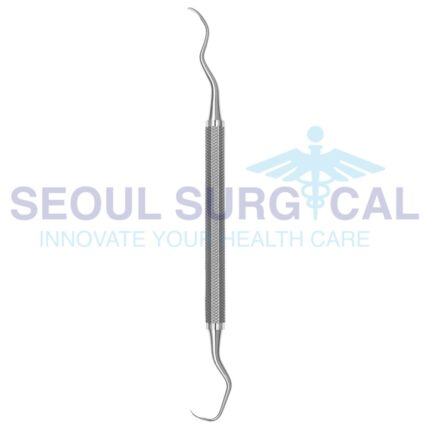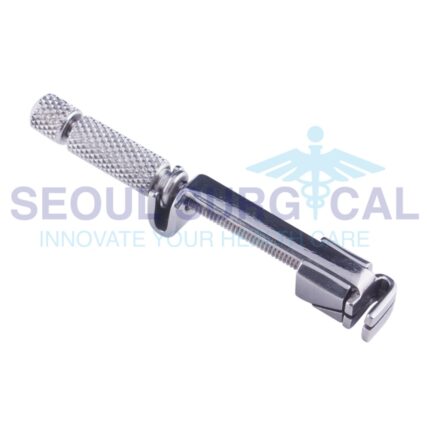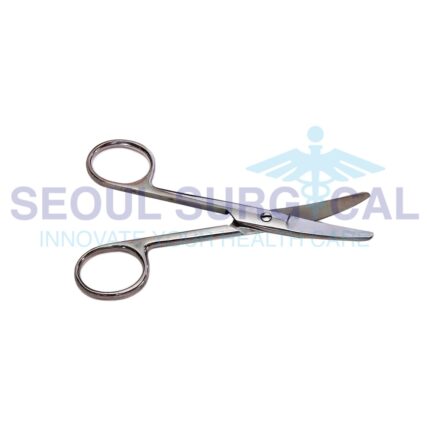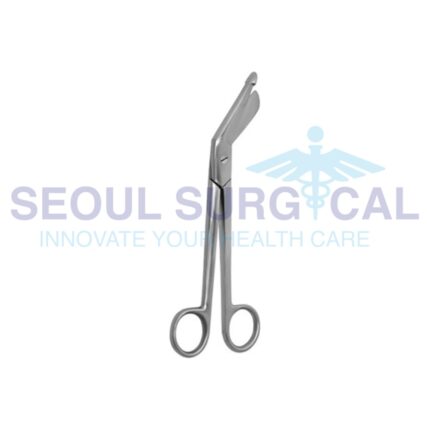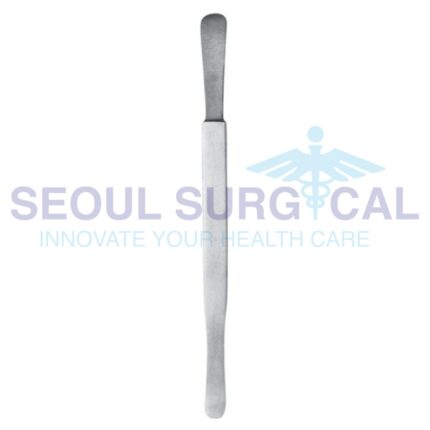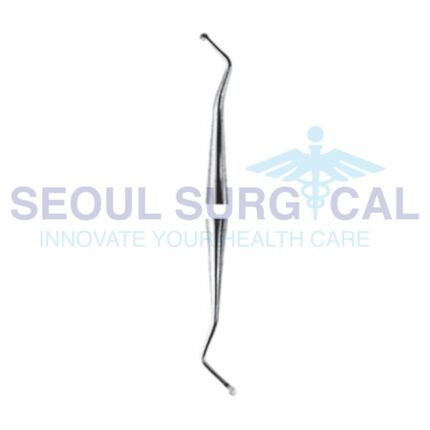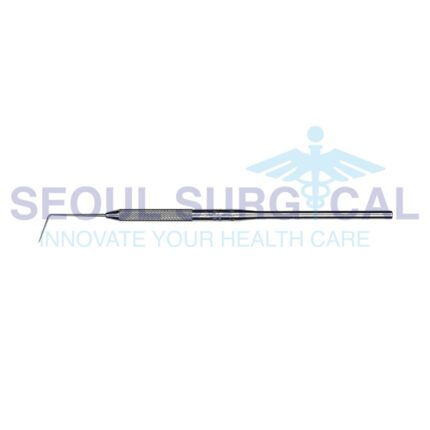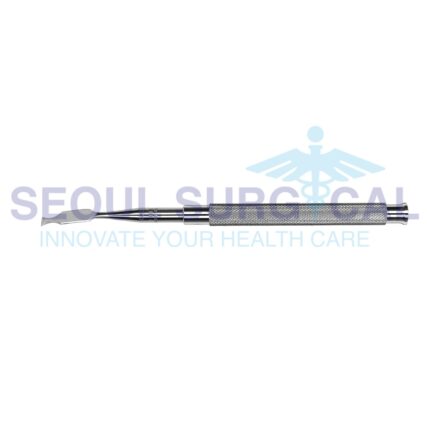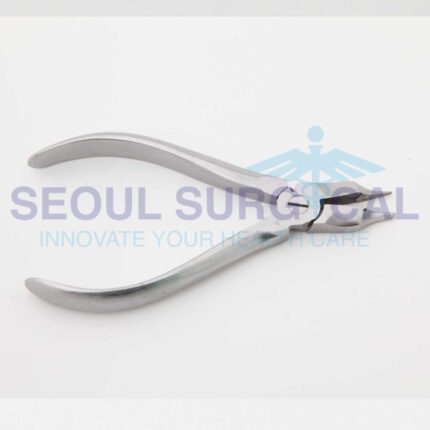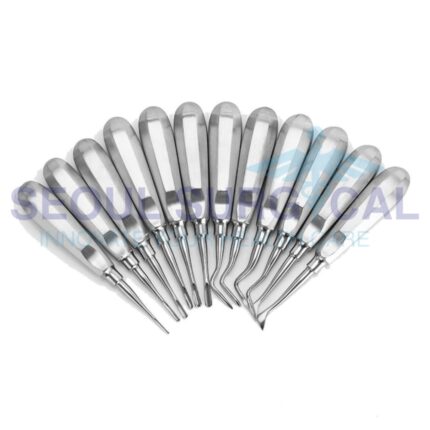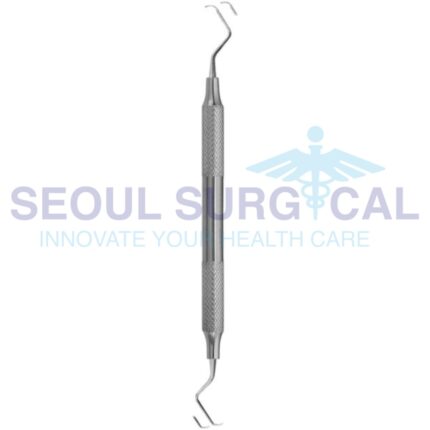Fine-Tuned Periodontics: The Role of Universal Curettes in Dental Hygiene
Fine-Tuned Probing: The Role of Dental Explorers in Comprehensive Examinations
It's important to note that the use of dental explorers requires a gentle and skilled touch to avoid causing damage to the teeth or soft tissues. The information gathered during the examination with dental explorers contributes to the overall assessment of oral health and helps in planning appropriate treatment or preventive measures. Regular dental check-ups involving the use of dental explorers are essential for maintaining optimal oral health.
Fine-Tuned Restorations: The Role of Matrix Retainers in Dental Procedures
Matrix retainers play a crucial role in creating a well-defined and contoured surface for the placement of dental restorations. They facilitate the shaping and adaptation of restorative materials to achieve a proper fit and function. The choice of a specific type of matrix retainer depends on the dentist's preference, the clinical situation, and the tooth being restored.
Fine-Tuned Surgical Instruments: The Role of Tungsten Scissors in Precision
However, when it comes to dental scissors specifically, the blades are more commonly made of stainless steel or other alloys suitable for maintaining sharpness and precision. Dental scissors are used for various tasks in dentistry, such as cutting sutures, trimming materials, or shaping dental dam barriers.
Fine-Tuned Surgical Techniques: The Role of Periosteal Elevators in Oral Procedures
Fine-Tuning Comfort: The Role of Handle Design in Periodontal Instruments
Fine-Tuning Dentistry: Exploring Miscellaneous Instruments in Dental Procedures
From Block to Beauty: Exploring the Versatility of Chisels and Gouges
It's important to note that dental chisels and gouges require skill and precision in their use. Proper technique, along with knowledge of dental anatomy and the specific requirements of each procedure, ensures successful outcomes and patient comfort. Dental professionals select these instruments based on the nature of the procedure and the specific characteristics of the tooth being treated.
From Fracture to Form: Unleashing the Power of Bone Rongeurs in Surgery
It's important to note that bone rongeurs are just one category of instruments used in orthopedic and maxillofacial surgery. Surgeons may select specific types and sizes of rongeurs based on the nature of the procedure and the anatomical location. Additionally, advancements in surgical techniques and technology may lead to variations in instrument design over time.
From Osteotomy to Ossification: Unleashing the Potential of Bone Instruments
It's essential to note that the specific instruments used can vary depending on the type of surgery, the anatomical location, and the surgeon's preference. Surgeons and surgical teams carefully select and use these instruments to ensure precision, safety, and optimal outcomes in bone-related procedures.

